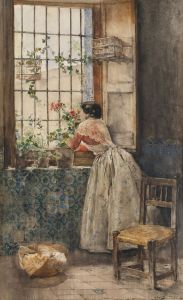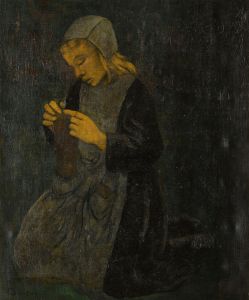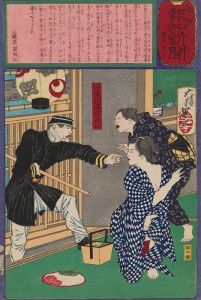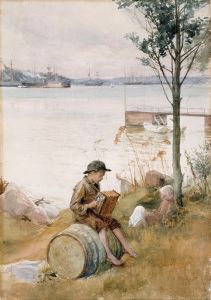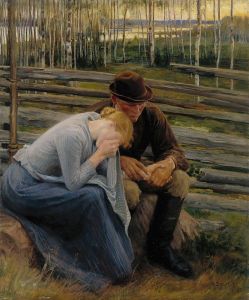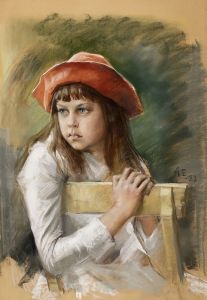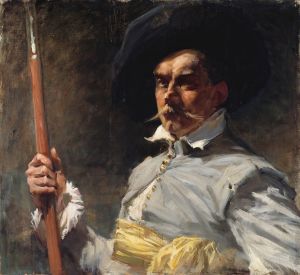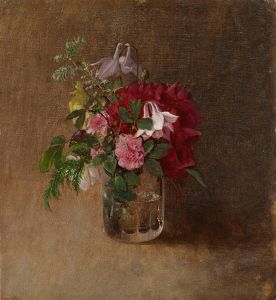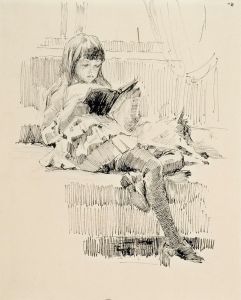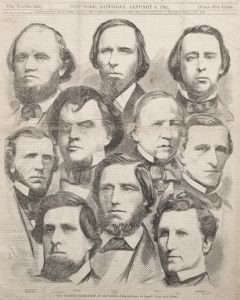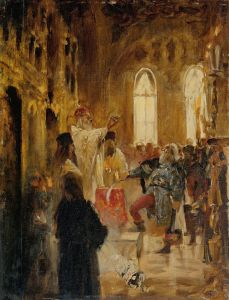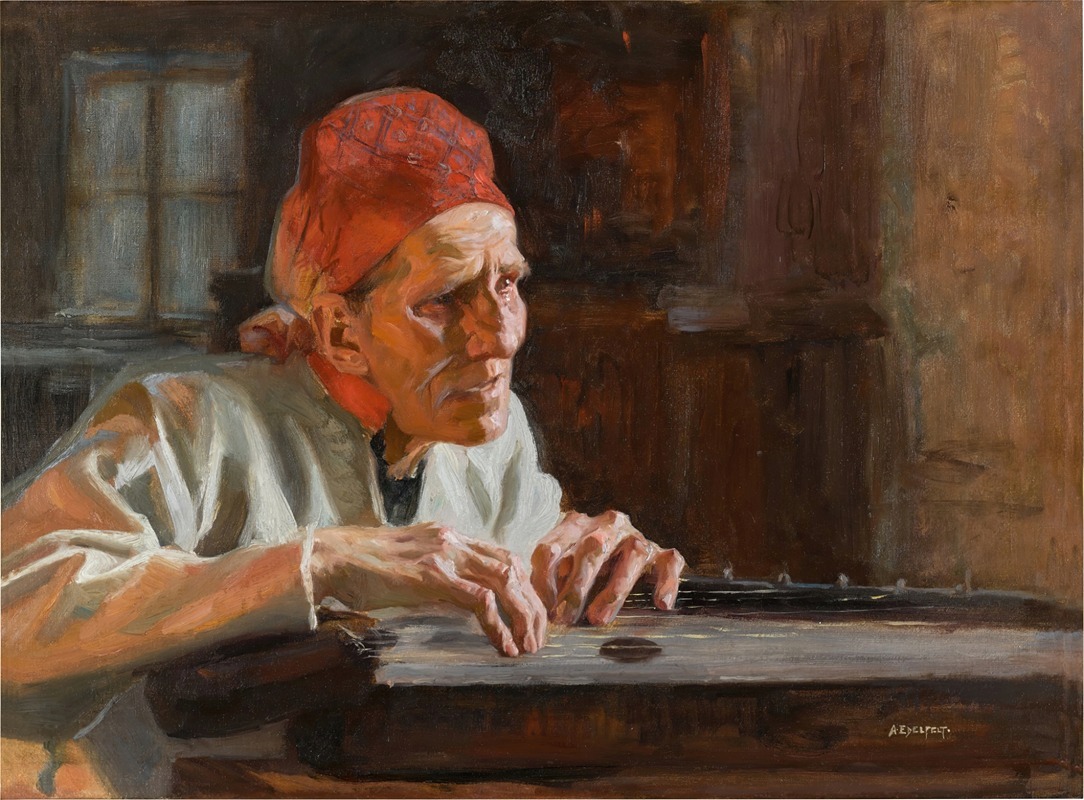
The Poet, Larin Paraske
A hand-painted replica of Albert Edelfelt’s masterpiece The Poet, Larin Paraske, meticulously crafted by professional artists to capture the true essence of the original. Each piece is created with museum-quality canvas and rare mineral pigments, carefully painted by experienced artists with delicate brushstrokes and rich, layered colors to perfectly recreate the texture of the original artwork. Unlike machine-printed reproductions, this hand-painted version brings the painting to life, infused with the artist’s emotions and skill in every stroke. Whether for personal collection or home decoration, it instantly elevates the artistic atmosphere of any space.
Albert Edelfelt's painting "The Poet, Larin Paraske" is a significant work that captures the essence of Finnish cultural identity during the late 19th century. Painted in 1893, this artwork is a portrait of Larin Paraske, a renowned Finnish-Karelian oral poet and singer of traditional Finnish folk poetry, known as "runoja." Paraske was an important figure in the preservation and dissemination of Finnish oral traditions, and her contributions were crucial during a time when Finland was seeking to establish a distinct national identity.
Albert Edelfelt, a prominent Finnish painter, was known for his ability to capture the spirit of his subjects with great sensitivity and realism. His works often reflected the cultural and social milieu of Finland, and he played a significant role in the Finnish national romantic movement. In "The Poet, Larin Paraske," Edelfelt employs his skillful use of light and shadow to create a vivid and respectful portrayal of Paraske, emphasizing her importance as a cultural icon.
The painting depicts Larin Paraske seated, with a contemplative expression, suggesting her deep connection to the oral traditions she helped preserve. Edelfelt's attention to detail is evident in the intricate patterns of Paraske's traditional Finnish costume, which adds authenticity and cultural significance to the portrait. The background is kept simple, ensuring that the focus remains on Paraske herself, highlighting her role as a custodian of Finnish folklore.
Larin Paraske was born in 1833 in the village of Lempaala, in what is now Russia, but was then part of the Grand Duchy of Finland. She was of Karelian descent, and her life and work were deeply rooted in the oral traditions of her people. Paraske's repertoire included thousands of verses, which she memorized and performed, contributing significantly to the Finnish national epic, the "Kalevala." Her performances were characterized by their emotional depth and the richness of the Finnish language, making her a beloved figure in Finnish cultural history.
Edelfelt's choice to paint Paraske was not only an artistic decision but also a cultural statement. At a time when Finland was under Russian rule and striving for cultural independence, figures like Paraske symbolized the resilience and uniqueness of Finnish culture. By immortalizing her in his painting, Edelfelt contributed to the national romantic movement, which sought to celebrate and preserve Finnish heritage.
"The Poet, Larin Paraske" is housed in the Finnish National Gallery, where it continues to be an important piece of Finland's artistic and cultural history. The painting is not only a testament to Edelfelt's artistic prowess but also a tribute to Larin Paraske's enduring legacy as a preserver of Finnish folklore. Through this work, Edelfelt and Paraske together highlight the power of art and tradition in shaping and maintaining national identity.





